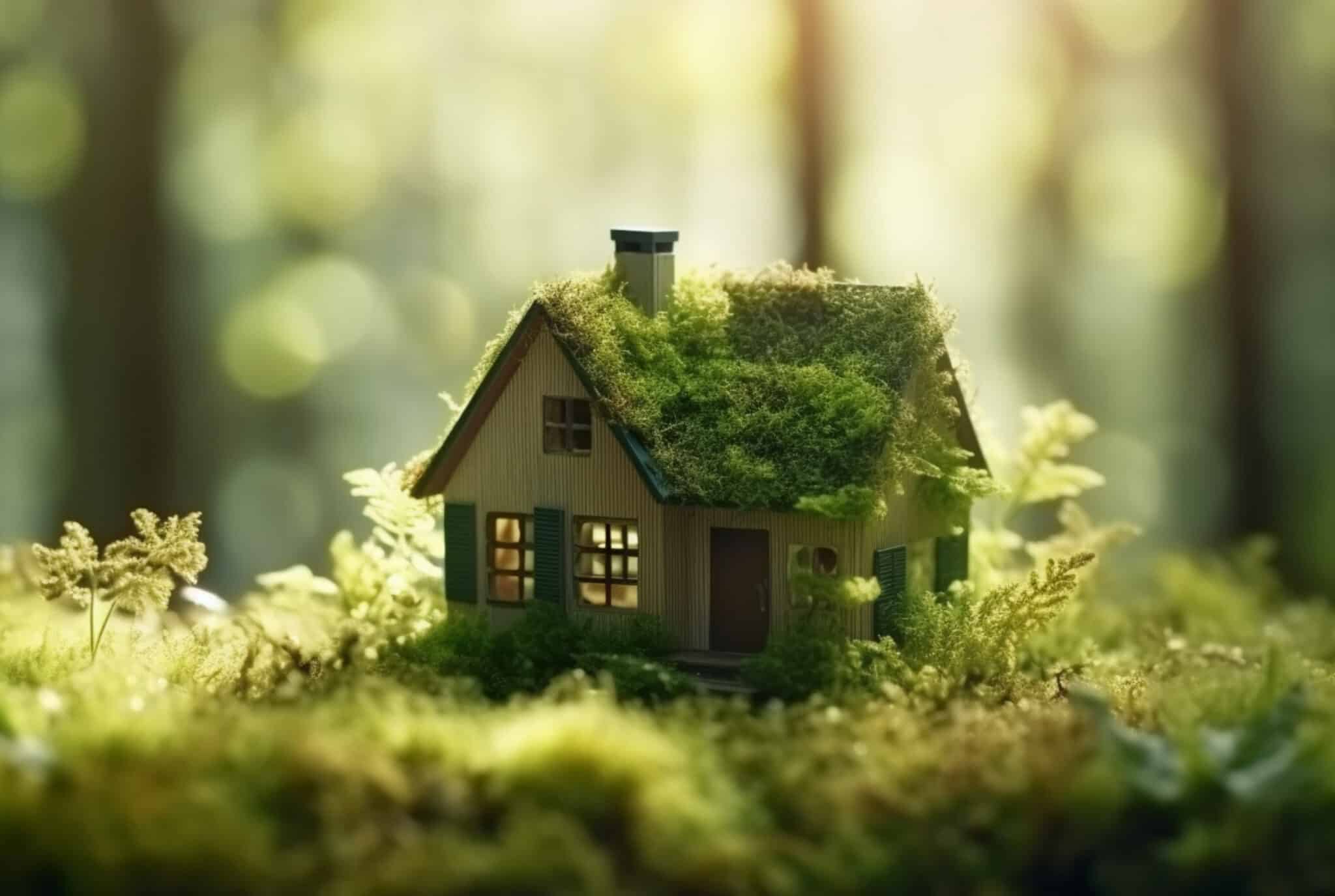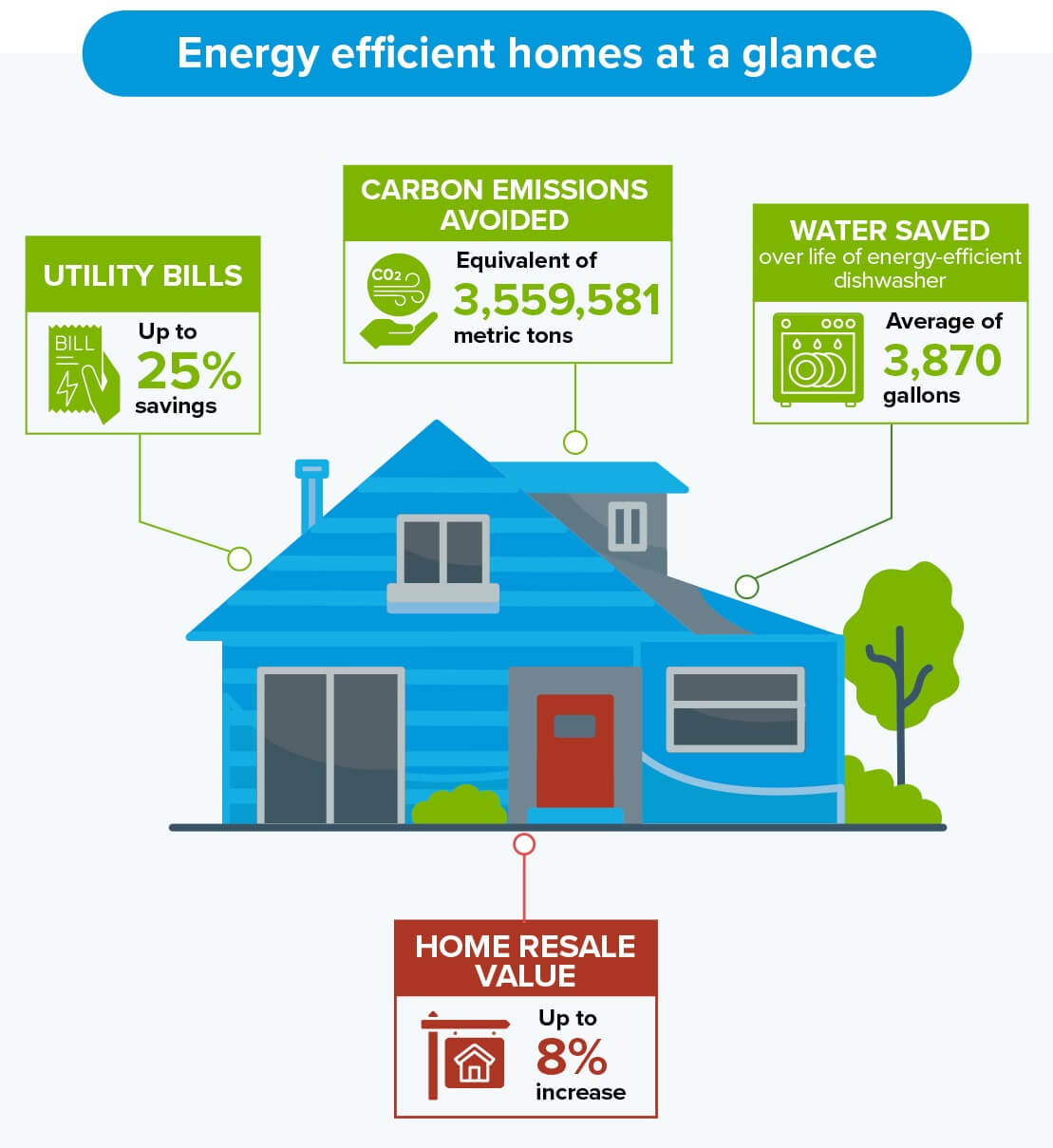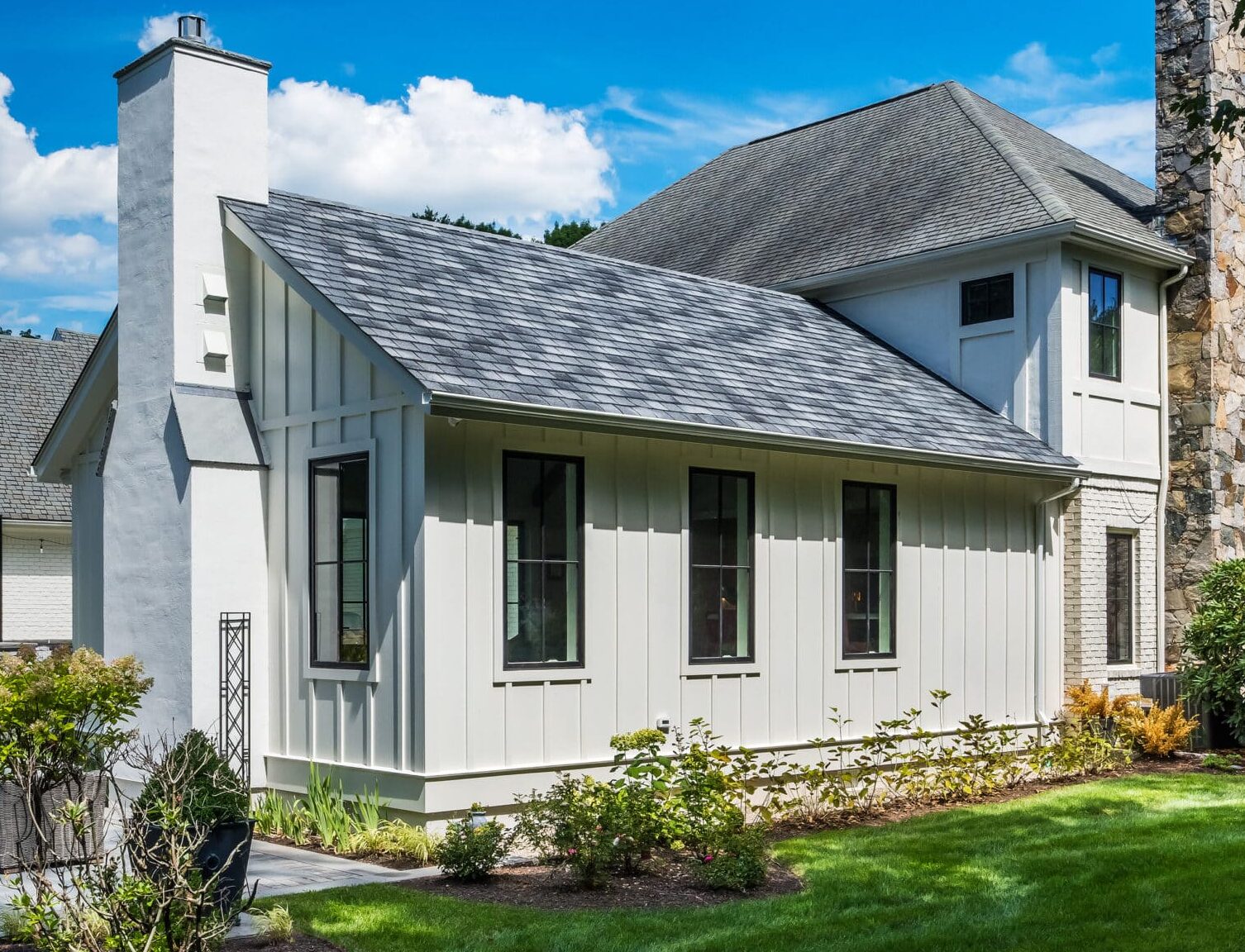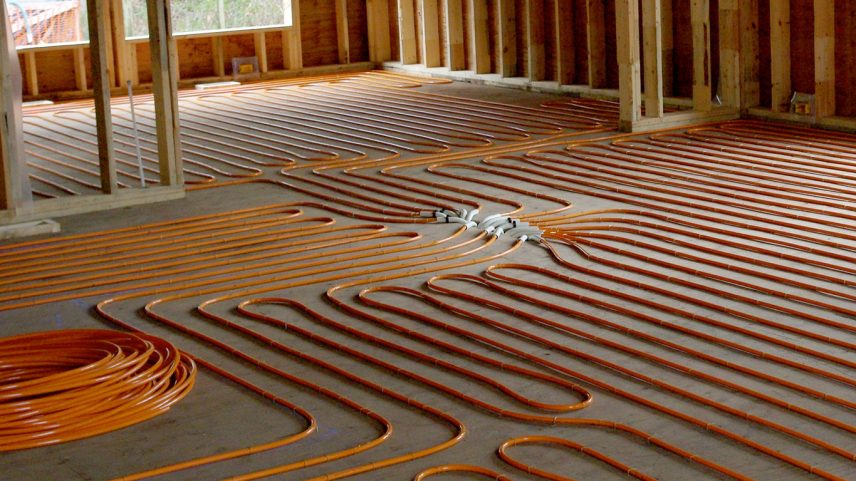
Sustainable Homes & the Myths that Surround Them
6 Myths About Sustainable Home Design
The Beauty of Building Better
Sustainability has become one of the most talked-about topics in home design — but also one of the most misunderstood. Many homeowners imagine “eco-friendly” means cold, minimal, or prohibitively expensive. In reality, sustainable design is about quality, longevity, and harmony — principles that have guided Red House Design Build from the start.
Let’s debunk the myths that often hold homeowners back from building more consciously.
Sustainable Design Always Costs More

The truth:
While certain materials carry higher upfront costs, sustainability pays for itself over time. Energy-efficient windows, insulation, and mechanical systems can cut utility bills by 20–40 percent according to the U.S. Department of Energy. Durable finishes and long-life materials reduce replacement cycles, making sustainability a long-term investment — not an expense.
Try this:
Focus spending where it matters most: high-performance envelopes, smart HVAC, and quality craftsmanship. A well-built home wastes less money, energy, and material over its lifetime.
Eco-Friendly Materials Look “Natural” — and Nothing Else

The truth:
Green materials aren’t limited to raw wood and recycled glass. Modern manufacturers offer high-design finishes made from reclaimed or rapidly renewable sources — think quartz composite surfaces using post-consumer content or tiles made from recycled porcelain.
You can achieve any aesthetic — from historic to ultramodern — using sustainable products.
Try this:
Pair performance with personality: a terrazzo-style backsplash below custom walnut cabinetry proves sustainability can be chic.
Historic Homes Can’t Be Energy Efficient
The truth:
Older homes can absolutely be upgraded responsibly. Air sealing, attic insulation, window restoration (not just replacement), and efficient HVAC retrofits can dramatically improve performance without altering historic character.
The National Trust for Historic Preservation even calls adaptive reuse “the greenest building” because preserving existing structures prevents massive embodied-carbon waste.
Try this:
Respect the bones, update the systems. Red House often blends historic craftsmanship with discreet energy upgrades to bring classic Rhode Island homes into the modern era.
Sustainability Means Cutting Comfort or Luxury

The truth:
High-efficiency doesn’t mean low comfort. Radiant-heat flooring, energy-smart lighting, and triple-glazed windows enhance both comfort and performance. Sustainable homes regulate temperature, humidity, and acoustics better — improving quality of life while lowering impact.
Try this:
Luxury and sustainability thrive on the same principles: craftsmanship, longevity, and sensory wellbeing.
Eco-Friendly Means Minimalist
The truth:
A sustainable home doesn’t need to look sparse or modern. True sustainability is about thoughtful restraint, not aesthetic austerity. A richly layered interior can still be sustainable through locally sourced materials, durable finishes, and furniture built to last.
Try this:
Design for emotional longevity — choose colors, textures, and details you’ll love in ten years. The most sustainable choice is the one you won’t want to replace.
Green Design Is Only About Materials
The truth:
Sustainability starts with how a home is planned, not just what it’s made of. Efficient layouts, natural daylighting, passive ventilation, and long-term adaptability reduce environmental impact far more than any single product.
Try this:
A well-designed home ages gracefully because it’s built for life’s evolutions — family growth, accessibility, and comfort through the seasons.
Thoughtful Design Is Sustainable by Nature
True sustainability isn’t a style; it’s a mindset. It’s about building once, building well, and crafting spaces that nurture people and the planet for generations. At Red House Design Build, we believe homes should honor their setting, their story, and their future — proving that beauty and responsibility can absolutely share the same foundation.
Ready to explore sustainable options for your next remodel?
Schedule a Feasibility Study to discover how small design decisions can make a lasting impact.
- Category :
- Type :

